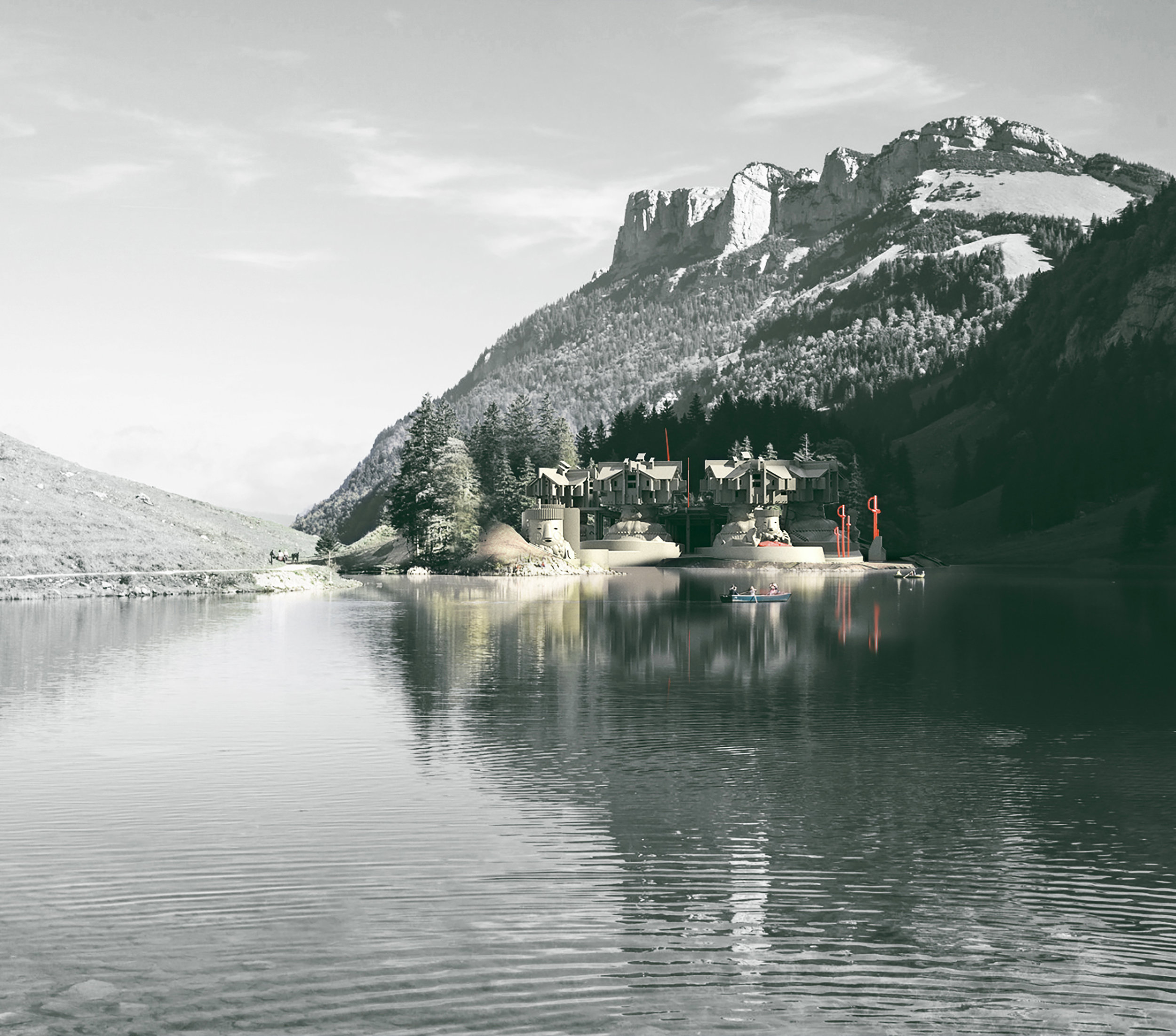









Liam Merrigan Y4
Neulandsgemeindeplatz. For centuries, the Appenzeller people have resisted influence from beyond their territory, fostering a unique identity rooted in political debate, religion and connection to landscape. Appenzell Inner-rhoden suffers from a reputation of backwardness. For centuries, the people of this small kingdom
have resisted cultural and political influence intruding from beyond the bounds of their home terri-tory, a wariness that extends from the past into the present. As a consequence of longstanding historic annexation from the Swiss Confederacy and this fierce reluctance to embrace non-native customs, Appenzell Innerrhoden has fostered a unique and curious pseudo-national identity—rooted in political debate, local dialect, religion, connection to landscape, and celebrated through euphoric festivals, rituals and folklores endemic to the region.
The project examines the past and future of this isolated culture, drawing on traditional costumes and crafts used to convey architectural ideas, the scheme becoming a monument of statues, guesthouses, relics and festival spaces built around a new parliament square.
Drawing on these idiosyncrasies, the project proposes a potential future for this isolated culture, shaped by traditional Silvesterkläusen costumes used to convey architectural ideas and a contemporary interpretation of vernacular craft and construction techniques. Informed by a recent tendency for local art forms to be warped into a souvenir shop kitsch, depicting a warped idyllic vision of community life, the scheme proposes a new typology of statuesque guesthouses, monumental relics and open air festival spaces built around a new parliament square, aspiring to be considered both new and distinctly Appenzeller.
